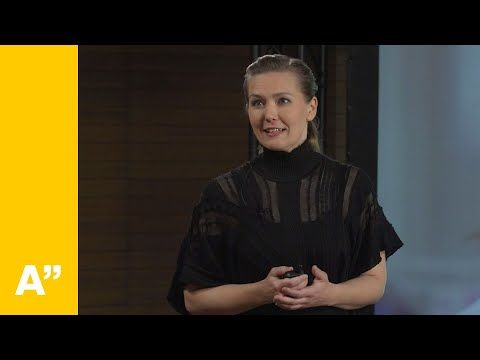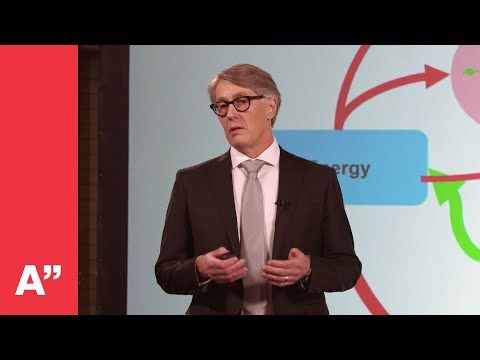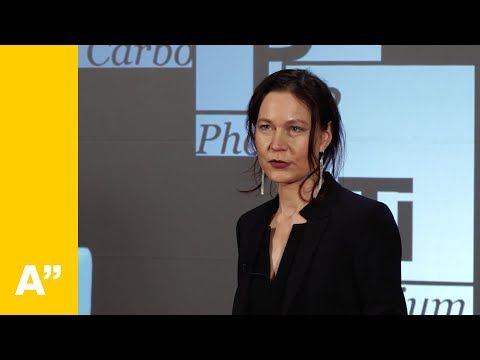Electrifying society
Chemical engineering research at Aalto University works to solve bottlenecks in electrification
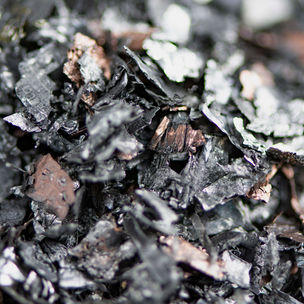

The EU and Finland aim to sharply increase the production of emission-free electricity and to electrify everything that can be electrified: most transport, industry, and heating. Indeed, electrification is seen as one of the most important ways to mitigate climate change.
Electrification alone is no miracle cure for climate change. Availability of the required metals will soon become an obstacle without more versatile and innovative ways to use materials and to produce energy. More mines will certainly be needed. However, the need can be reduced through circular economy, by saving energy, and by setting priorities for the uses of the critical raw materials involved.
Shortages, especially of minerals required by wind energy and electric cars, threaten to emerge in the near future, because supply cannot keep up with demand. The situation is further exacerbated by the fact that the same minerals are used in consumer electronics and modern arms technology, for example. Digitalisation and, for example, the Internet of Things are also boosting overall demand for energy. Aalto University produces information aimed at solving the sustainability crisis.
Related news

Future makers research batteries, cryptography and plastic recycling
The Technology Industries of Finland Centennial Foundation awarded 3.5 million euros in research funding to eight projects, five from Aalto University.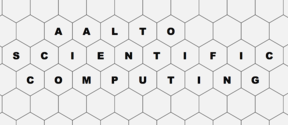
Scientific Computing Skills: a new umbrella course for all researchers
Today, computing skills are essential not only in academic research but also across industries. Take part in hands-on trainings provided by Aalto Scientific Computing and by partner organisations such as CodeRefinery and CSC IT Center for Science.
Five things everyone should know about the materials powering the green transition
The green transition depends on more than just clean energy — it requires a massive, complex supply of critical raw materials, especially metals and minerals. From mining and refining to recycling and innovation, here are five key things everyone should know about the materials powering a sustainable future.
Lignin: A Sustainable Solution for Future Energy Storage
Transforming from a fossil-based to a bio-based economy, we need alternative solutions for both fuels and biobased chemicals and materials. Lignin is a promising bio-based compound produced as a side stream in biorefineries. It has the potential to replace fossil-based chemicals and materials in resins and energy storage applications.Videos
Our researchers












